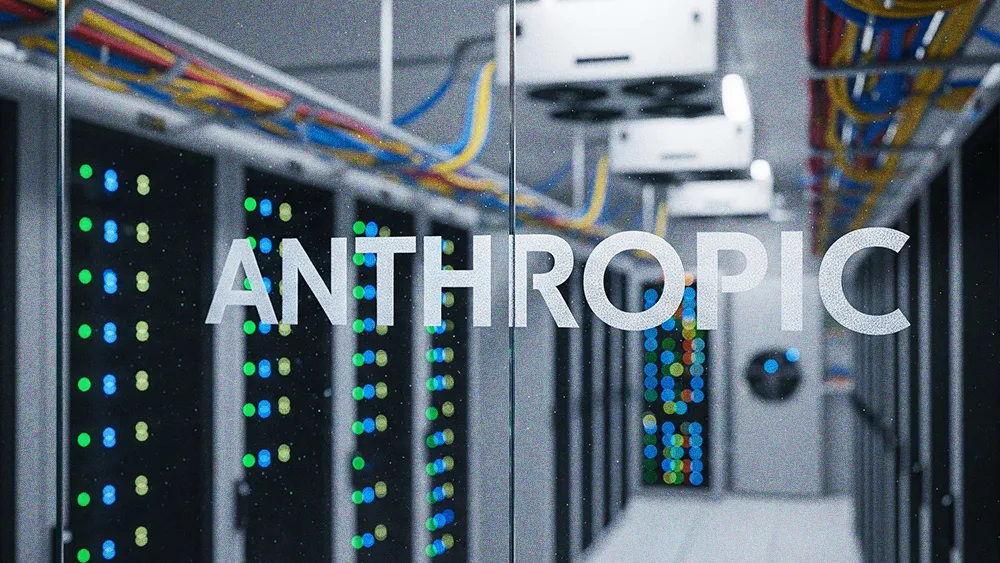
Key Points
Most GenAI investments fail when companies avoid reinventing core business workflows.
Sergio Gutiérrez-Montero, Director of AI Strategy & Implementation at Abbvie, explained how leaders can deploy successful AI projects with small, empowered teams, build in-house talent instead of outsourcing, and focus on freeing up people for more important work.
Designing AI systems with interchangeable parts will be essential to avoid getting trapped by vendor lock-in and to make future upgrades easier.
*The views expressed in this article belong to Sergio Gutiérrez-Montero and do not necessarily reflect the official policy of any organization.
The biggest problem in enterprise AI isn’t the technology. It’s what companies are doing with it. Companies are investing in pilots, isolated tools, and chatbots, yet most are failing to generate meaningful ROI. In fact, up to 95% of organizations get zero return on their GenAI investments. The reason is simple: AI is not being truly embedded into core business operations.
For an expert's perspective, we spoke with Sergio Gutiérrez-Montero, Director of AI Strategy & Implementation at pharmaceutical manufacturer, AbbVie. Drawing on over 20 years of experience leading digital transformation at firms like McKinsey & Company, where he helped launch a projected $300M+ digital care concept for a major cancer center, Gutiérrez-Montero offered a frank perspective on navigating the hype. Instead of a plug-and-play approach, organizations must treat AI integration as a fundamental design challenge, he explained.
“We’re in this stage where we build a chatbot, and we are happy. But most of the power, the value unlocked by AI, is going to come from embedding it into your workflows. That's a design problem in itself. You can’t just switch one box in an existing process and make it automatic. You have to reinvent the process to be truly AI-native,” Gutiérrez-Montero said.
Fragmented systems and poor data quality can make it difficult to build effective AI, Gutiérrez-Montero admitted. But he also reframed this problem as a strategic opportunity. For him, the promise of AI is a powerful "forcing mechanism" that justifies cleaning up years of tech debt. Most of that work includes migrating to the cloud, building a middleware layer, and establishing observability to track value. But beyond the technical requirements, transformation depends on the human element.
The trust bottleneck: Without trust, AI fails to deliver on its primary promise of creating leverage and enterprise-wide scale, Gutiérrez-Montero said. "You have to generate trust among your employees to use AI. If an employee needs to check the outputs of an AI system every time because they don't trust it, you are creating a bottleneck and not leveraging the scale of AI."

When deciding where to begin, leaders should avoid pursuing the most obvious ideas first, Gutiérrez-Montero explained. "There's a saying in the creative problem-solving world that the first idea is always the worst because it's the most evident and least differentiated. It's the one that everybody has. That's why you end up with a lot of chatbots. It is easy to think about and understand, but is it the highest-value bet you can make?" Instead, he pointed to workforce and value-chain analysis as the right way to start.
Augment, not terminate: For Gutiérrez-Montero, the goal is to redirect human talent toward higher-value work. "I've seen two main approaches: analyzing the value chain and analyzing the workforce. Look at what your people are spending an obscene amount of time on that could be automated. This allows you to hopefully free up people to do their best work and augment their value, versus letting them go."
Many AI initiatives fail because the traditional corporate operating model clashes with the experimental nature of innovation, Gutiérrez-Montero explained. “The operating model that keeps you profitable, productive, and a well-oiled machine from an operations perspective, is not the same muscle you need to flex for innovation.”
An un-outsourceable core: Owning the development cycle is the only way to build a true, long-term competitive advantage, Gutiérrez-Montero said. For him, that makes it a non-negotiable imperative. "You need to start building your internal AI development capability, rather than always relying on external partners. This topic is simply too important to outsource."
Calling the shots: A product-led model is the practical antidote to slow, consensus-driven committees, he continued. "Organize your AI development like a tech company: assign a product manager to a product, feature, or model, and let them call the shots. That person's goal is to achieve a North Star OKR defined by the steering committee, but the committee doesn't dictate how the team does its work."
But a successful strategy also requires leaders to redefine risk. When the failure to innovate is a significant liability, risk management must move beyond pure prevention, Gutiérrez-Montero said. "You can be very risk-averse and not do things because that will keep you safe. But that prevents you from innovating at scale, which introduces another type of risk: being slow in a market full of competitors."
The solution is a commitment to flexible architecture, he explained. It's a view shared by many experts concerned with AI vendor lock-in. "I would be hard-pressed to recommend having a partner like OpenAI work on our core projects, because that would commit us to their models, which may or may not be what we need now or in the future," he explained.
Ultimately, this architectural principle is the practical mechanism that allows an organization to maintain flexibility as technology evolves, Gutiérrez-Montero concluded. "You need to be mindful of your decisions and build things in a modular way. This allows you to unpack and replace components that may become outdated or are no longer best-in-class."
.svg)



.webp)

